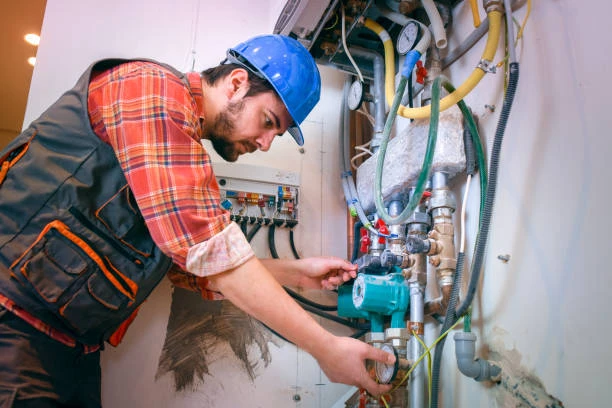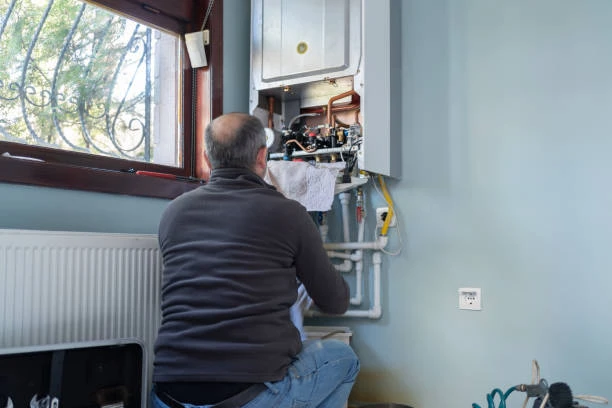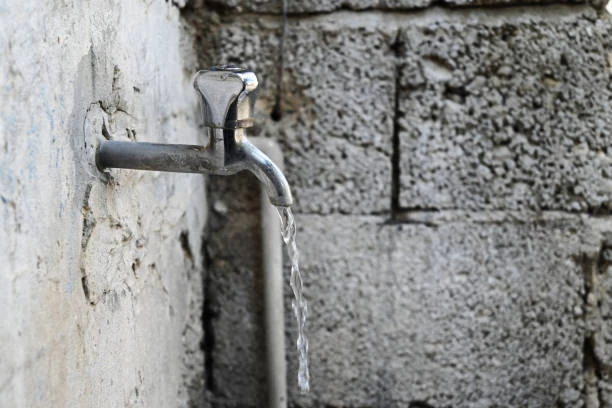
Overview
Floor drain systems are essential in any infrastructure requiring water management, from residential bathrooms to massive industrial plants. Among the many materials available, stainless steel floor drains stand out for their exceptional corrosion resistance, structural integrity, and longevity. In this article, we will explore the science behind their durability, their practical applications in industrial environments, and how to select and install the right type for long-term performance. Whether you’re managing a factory or upgrading a commercial kitchen, stainless steel drains offer unmatched benefits.
2. Frequently Asked Questions (FAQ)
1. What makes stainless steel corrosion-resistant?
Stainless steel contains chromium, which reacts with oxygen to form a thin, protective oxide layer that prevents rust and chemical damage.
2. Are stainless steel drains suitable for all environments?
Yes. They are particularly effective in harsh settings such as laboratories, food processing plants, and outdoor areas with constant moisture or chemical exposure.
3. Is stainless steel better than plastic for floor drains?
For environments with high traffic, chemical usage, or exposure to extreme temperatures, stainless steel performs significantly better than plastic alternatives.
4. What types of stainless steel are used for drains?
Common grades include 304 and 316 stainless steel. Grade 316 offers higher corrosion resistance and is preferred in marine or chemical-heavy environments.
5. How long does a stainless steel floor drain last?
With proper installation and maintenance, a stainless steel drain can last decades, even in demanding industrial or commercial settings.
3. Definition and Characteristics of Floor Drains
A floor drain is a plumbing fixture designed to remove standing water from floors in bathrooms, kitchens, basements, and industrial facilities. It typically includes a grate to prevent large debris from entering the drainage system, a trap to block sewer gases, and a body that connects to the main pipe system.
Key characteristics of stainless steel floor drains:
Corrosion resistance: Ideal for moist and chemically reactive environments.
Strength and durability: Can withstand heavy foot traffic and equipment loads.
Smooth finish: Prevents buildup of grime and makes cleaning easier.
Hygienic design: Non-porous surface inhibits bacterial growth.
Temperature tolerance: Performs well in both hot and cold conditions.
4. Common Applications and Industries
Stainless steel drains are widely used across sectors where cleanliness, safety, and efficiency are priorities. Some of the most common use cases include:
Food processing plants: Where strict hygiene standards and exposure to cleaning chemicals demand durable drainage.
Commercial kitchens: Where grease, heat, and cleaning agents challenge standard drain materials.
Pharmaceutical factories and laboratories: Where chemical resistance is critical.
Hospitals and healthcare facilities: Where sanitation is vital and rust-free performance is required.
Beverage production facilities: Where frequent washdowns and chemical use are routine.
Public infrastructure and transport hubs: Stainless drains handle foot traffic, weather changes, and de-icing chemicals.
5. Buying Guide: How to Choose the Right Stainless Floor Drain
When purchasing a floor drain stainless, consider the following:
Material Grade
304 Stainless Steel: Good corrosion resistance for most commercial settings.
316 Stainless Steel: Higher resistance to chlorides and chemicals; suitable for coastal or chemical-heavy environments.
Size and Flow Rate
Choose the right drain size and flow capacity based on the area it will serve. Oversizing can lead to pooling, while undersizing causes overflow.Trap Type
Select from mechanical traps, water seals, or hybrid systems based on local codes and odor prevention needs.Finish and Appearance
Choose polished or brushed finishes for easier cleaning and better match with surrounding surfaces.Certifications
Look for compliance with standards such as ISO, CE, or NSF to ensure product quality and hygiene compatibility.Smart System Integration
For modern facilities, select drains that support integration with leak detection systems or IoT infrastructure, such as those offered by IFNS.
6. Installation Considerations
Installing a stainless steel floor drain correctly ensures long-term performance and minimizes maintenance. Here are key factors to consider:
Drain Slope
The surrounding floor should slope gently toward the drain to allow proper water flow.Sealing and Waterproofing
Use high-quality gaskets and sealants to prevent leaks and ensure a gas-tight installation.Trap Filling and Testing
For water-sealed traps, fill them during installation and test for odor retention.Accessibility for Maintenance
Make sure the top grate or cover is easily removable for cleaning and inspection.Professional Installation Recommended
Though some floor drains are DIY-friendly, industrial applications should involve certified plumbers for best results.
7. Stainless Steel Drains vs. Other Drainage Materials
| Feature | Stainless Steel | PVC / Plastic | Cast Iron |
|---|---|---|---|
| Corrosion Resistance | Excellent (especially 316) | Low to Moderate | Moderate (requires coating) |
| Durability | Very High | Moderate | High |
| Maintenance | Low (easy to clean) | Moderate | High (prone to rust) |
| Lifespan | 20+ years | 5–10 years | 10–15 years |
| Chemical Resistance | High | Varies | Moderate |
| Weight | Lightweight | Very Lightweight | Heavy |
| Aesthetics | Modern and Clean Look | Basic Appearance | Industrial Look |
| Best Use Cases | Industrial, Food & Medical Use | Residential & Light Use | Underground Utility Lines |
8. Conclusion
When selecting a reliable, hygienic, and long-lasting floor drain solution, stainless steel stands out as the premium material—especially in demanding environments. Its unmatched corrosion resistance, cleanability, and strength make it the preferred option in commercial kitchens, hospitals, manufacturing plants, and more. While the initial investment might be higher than plastic options, the long-term benefits in safety, hygiene, and maintenance savings are substantial.
IFNS’s stainless steel floor drains are crafted to meet the highest standards and are compatible with smart systems. With decades of manufacturing expertise and a focus on quality, IFNS delivers products you can depend on—across industries, climates, and challenges.
9. Contact Us
IFNS – Trusted Manufacturer of Stainless Steel Floor Drains and Pipe Systems
With over 30 years of experience, IFNS is a leading Chinese manufacturer of plastic pipes, fittings, and stainless steel drainage products. Our floor drains are designed for durability, corrosion resistance, and smart system compatibility.
We respond to all inquiries and messages within 24 hours. Reach out to our team today to find the most suitable and cost-effective solutions for your projects.









